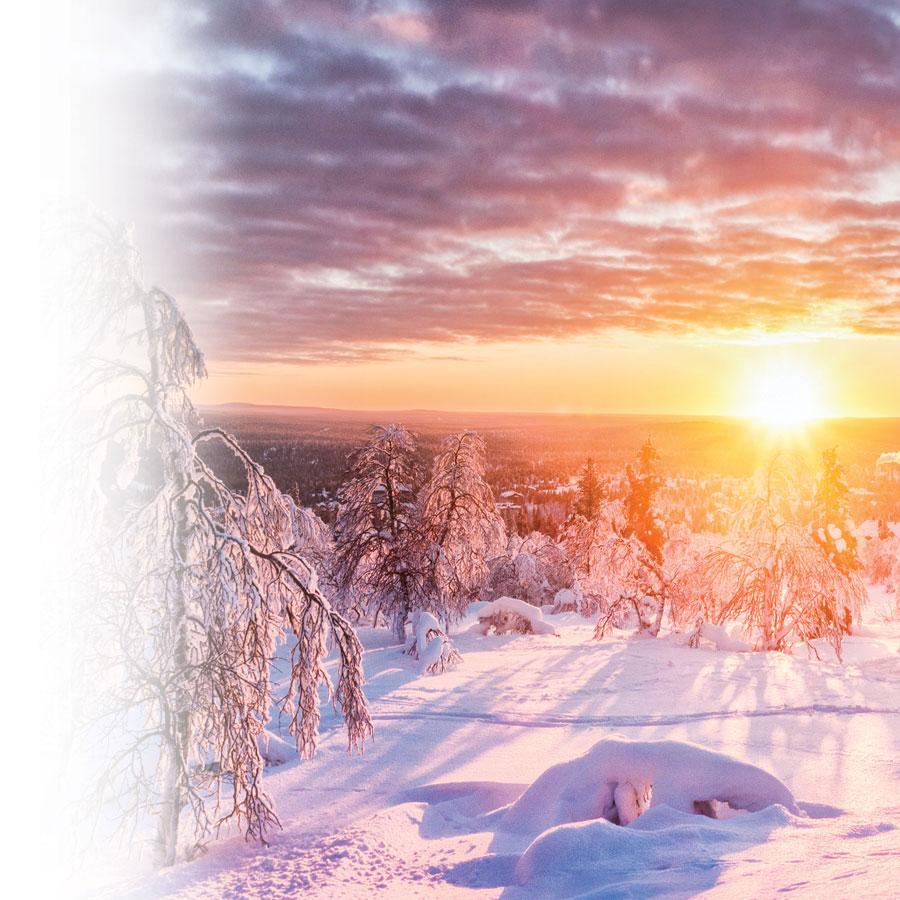This winter, don’t let cold weather or light reflected from snow ruin your photos! Here are a few tips you can use when there's snow on the ground.
Protect your equipment
Your camera’s battery is sensitive to the cold and can lose its charge in an hour if you don’t take a few precautions. Remove the battery and keep it warm in your coat, reinserting it only when you’re ready to take photos. This will extend its life considerably. If you're using a compact camera, don’t keep it completely tucked away under your coat. When you pull it out to use it, condensation may fog or form ice on your lens.
Use the right settings
Because snow reflects up to 90% of the sun’s rays, it can easily temporarily blind you and cause you to miss that great shot. The reason? In automatic mode, your camera sees all this light as an anomaly and compensates for it by under-exposing. That’s why snowmen lose their bright, clean look! You can correct the shot by selecting your camera’s Snow mode. If it doesn’t, select the Program mode, often marked by the letter “P,” then look in the settings menu for exposure control, usually symbolized by ±. Choose +1 to increase exposure and check the result. Increase or decrease the level as needed until you get the right exposure. Don’t forget to adjust the colour balance to avoid whites that are tinted by surrounding colours—or, do the opposite and accentuate these colours (especially blues) for an artistic effect.

Compose your photo
Little details are the key to interesting outdoor photos: a passing bird, a tree in the background, something colourful that contrasts with white or silver. For more intriguing compositions, don’t place those elements in the centre of your frame. A small detail in the corner can add life to an otherwise plain image. You may need to wait for something to present itself or to prompt or seize an opportunity, like falling snow. Big flakes in the foreground can liven up static subjects like buildings and landscapes. Play with the shutter speed to change the look and feel of your photo. Fast shutter speeds will freeze your snowflakes while slow ones will capture their movement. Snow crystals are great subjects: move in close, especially with a macro lens, to get all their delicate details.

Take advantage of grey skies
Snow-reflected light also makes for nice portraits, especially under cloudy skies. The snow won't blind your subjects and they'll benefit from the soft, diffused light. To make your subjects stand out from the background, try using your built-in flash in broad daylight. Be sure to sufficiently light your subjects by standing no further than 3 meters away.


